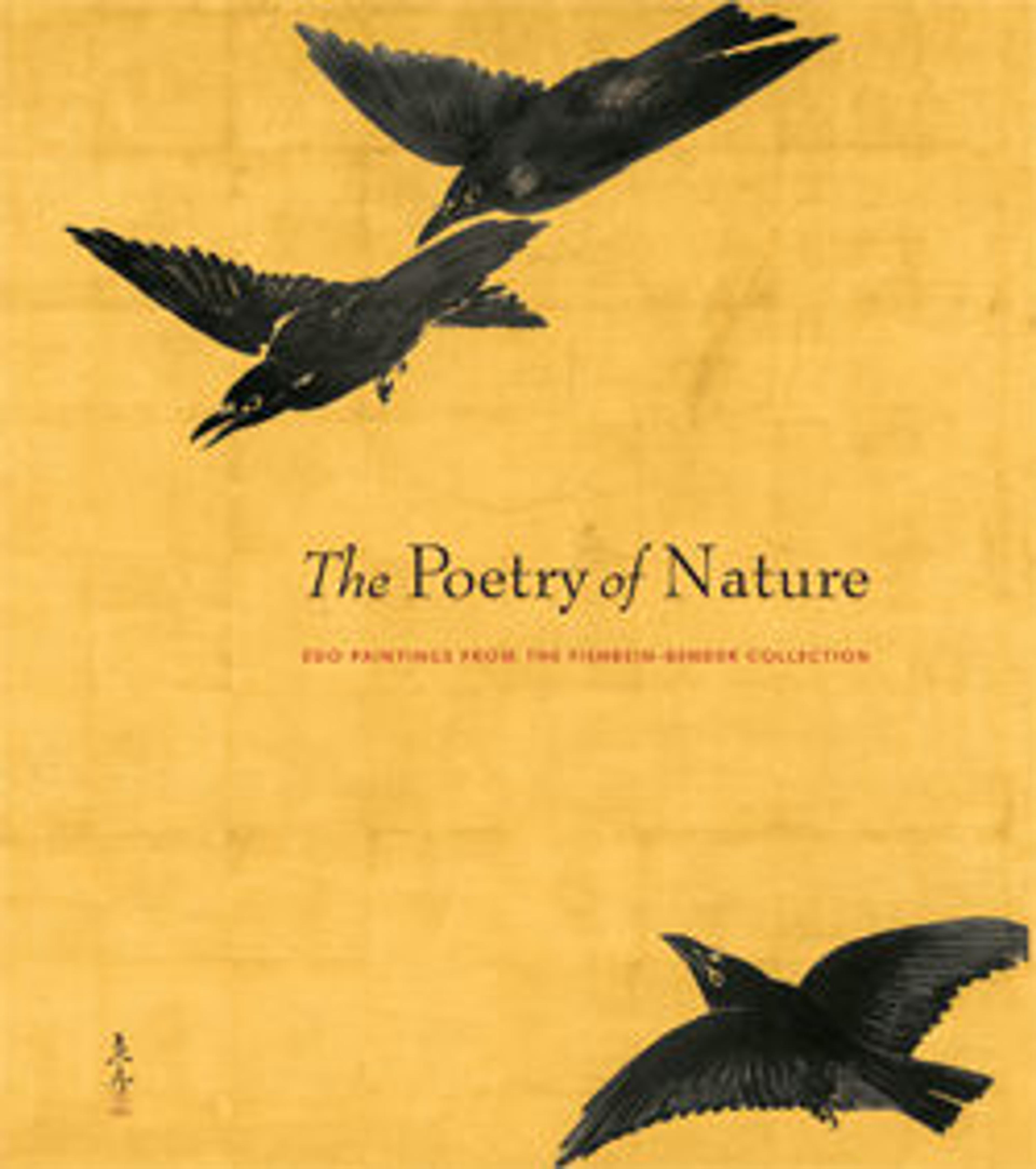White Plum Blossoms and Moon
A large full moon is sole witness to a miraculous burst of white blossoms emerging out of a gnarled, old plum tree in the stillness of night. Itō Jakuchū, who painted this extraordinary, dreamlike image, was counted as one of the Three Eccentrics of the Edo period, together with Soga Shōhaku (1730– 1781) and Nagasawa Rosetsu (1754–1799). In his exuberant depictions of plant life, he combined seemingly incompatible elements, such as realism with brilliant color and decorative abstraction.
Born the eldest son of a wholesale grocer in Kyoto, Jakuchū inherited the family business and ran it for more than fifteen years. It was not until he reached his late thirties that he began to paint full-time. This painting, inscribed with the year 1755, is one of the earliest of his dated works.
Born the eldest son of a wholesale grocer in Kyoto, Jakuchū inherited the family business and ran it for more than fifteen years. It was not until he reached his late thirties that he began to paint full-time. This painting, inscribed with the year 1755, is one of the earliest of his dated works.
Artwork Details
- 伊藤若冲筆 月下白梅図
- Title:White Plum Blossoms and Moon
- Artist:Itō Jakuchū (Japanese, 1716–1800)
- Period:Edo period (1615–1868)
- Date:1755
- Culture:Japan
- Medium:Hanging scroll; ink and color on silk
- Dimensions:Image: 55 3/8 × 31 1/4 in. (140.7 × 79.4 cm)
Overall with mounting: 8 ft. 5 15/16 in. × 38 7/16 in. (259 × 97.6 cm)
Overall with knobs: 8 ft. 5 15/16 in. × 41 1/8 in. (259 × 104.5 cm) - Classification:Paintings
- Credit Line:Mary Griggs Burke Collection, Gift of the Mary and Jackson Burke Foundation, 2015
- Object Number:2015.300.213
- Curatorial Department: Asian Art
More Artwork
Research Resources
The Met provides unparalleled resources for research and welcomes an international community of students and scholars. The Met's Open Access API is where creators and researchers can connect to the The Met collection. Open Access data and public domain images are available for unrestricted commercial and noncommercial use without permission or fee.
To request images under copyright and other restrictions, please use this Image Request form.
Feedback
We continue to research and examine historical and cultural context for objects in The Met collection. If you have comments or questions about this object record, please contact us using the form below. The Museum looks forward to receiving your comments.
